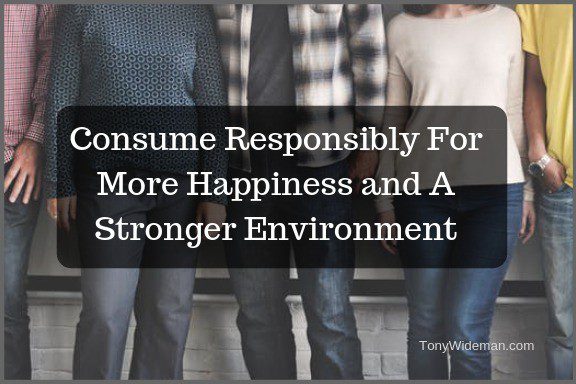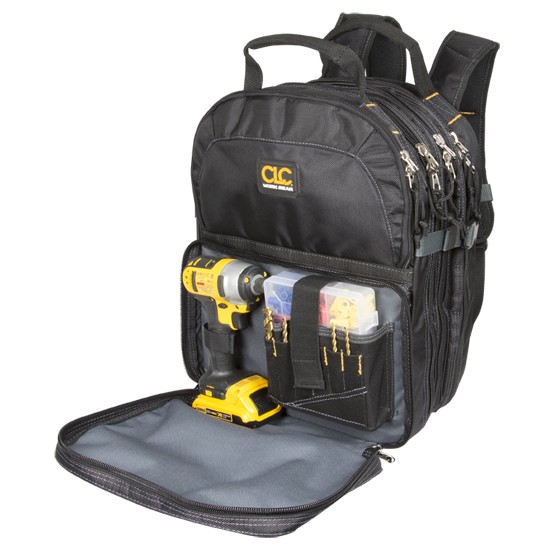Simple Guide To Decluttering For Dummies
Decluttering might seem like a trendy buzzword, but it’s a game-changer for a happier, healthier life. It’s all about removing what you don’t need and creating a space that genuinely serves you.
The benefits of decluttering go beyond just having a tidier home. It’s got good vibes for your mind and soul, too. Imagine fewer things to clean, less stress about where things are, and more time to enjoy what you love. Additionally, it’s somewhat akin to a mental detox. When your physical space is organized, your mind can also relax.
Different strokes for different folks—there isn’t just one way to declutter. You might have heard of methods like the KonMari Method, where you only keep what ‘sparks joy.’ Others love the Four-Box Method, which helps you decide what to keep, donate, trash, or store.
Myths about decluttering can hold you back. It’s not about getting rid of all your stuff or turning into a minimalist overnight. Nor is it a one-time chore that fixes everything. This process is personal, and it should adapt to what makes sense for you and your life.
Introduction To Decluttering For Dummies
Decluttering your home is more than just tidying up; it’s a transformative process that brings order, peace, and productivity to your living environment. An organized space can significantly reduce stress, save time, and improve mental well-being. This guide offers actionable steps for decluttering your home efficiently and effectively.
Practical Steps to Declutter Your Space Effectively
Starting small is the key to avoiding overwhelm. Pick a single drawer or a specific shelf to begin with and gradually work your way up. This way, each little victory will motivate you to continue.
Sort everything into easy categories right away. Grab a few boxes or bins and label them: Keep, Donate, Trash, and Maybe. This sorting step reduces decision fatigue, making the process smoother.
When deciding what to keep, consider the purpose of each item. Does it serve a functional need? Does it make you happy? Honest answers will guide your choices.
Different decluttering methods offer various strategies. The KonMari Method focuses on joy, while the Four-Box Method is practical and straightforward. Choose what resonates with you and stick with it.
There are numerous tools, both physical and digital, that can assist you. From storage bins to decluttering apps, having the right resources can make the whole process a breeze.
The Benefits of Decluttering
Decluttering has far-reaching benefits that go beyond aesthetics. A well-organized space:
- Reduces stress and anxiety
- Enhances productivity
- Creates a more inviting and functional living area
- It makes cleaning and maintenance easier
- It frees up space for what truly matters
Step-by-Step Decluttering Process
1. Assess Your Space
Begin by evaluating the areas in your home that need attention. Focus on high-traffic areas first, such as the living room, kitchen, and bedroom. Assess how each room is functioning for you and identify problem areas where clutter tends to accumulate.
2. Set Goals and Create a Plan
Before diving into decluttering, establish clear goals for each room. Decide what you want to achieve, whether maximizing storage, creating a minimalist look, or simply making the space more livable. Break down the process into manageable tasks and set a timeline for each.
3. Sort and Categorize
As you tackle each room, sort items into categories:
- Keep: Items you use regularly and have sentimental value
- Donate Items that are still in good condition but no longer serve you
- Discard: Broken, expired, or unusable items
- Sell: Items that can be sold online or through garage sales
Categorizing helps streamline the process and makes it easier to see what you need.
4. Use the Four-Box Method
A helpful technique is the four-box method, where you label four boxes: Keep, Donate, Trash, and Relocate. As you declutter, place each item into the appropriate box. This method ensures you don’t overlook anything and keeps the process organized.
5. Declutter One Room at a Time
Tackling one room at a time prevents overwhelm and helps maintain focus. Start with smaller rooms or spaces and gradually move to larger areas. Dedicate a set amount of time each day to decluttering, and be consistent.
6. Maximize Storage Solutions
Once you’ve pared down your belongings, invest in practical storage solutions:
- Shelving: Vertical storage is excellent for maximizing space.
- Baskets and Bins: These keep smaller items organized and out of sight.
- Drawer Organizers: Ideal for maintaining order in drawers.
- Closet Systems: Customizable closet systems can drastically improve storage efficiency.
To make the most of your space, consider multi-purpose furniture, such as ottomans with storage or under-bed storage containers.
7. Adopt a Minimalist Mindset
Adopting a minimalist mindset can prevent future clutter. Before bringing new items into your home, ask yourself if you genuinely need them. Practice mindful purchasing and make it a habit to regularly review and declutter your spaces.
8. Maintenance and Habit-Building
Decluttering is not a one-time task; it requires ongoing maintenance. Set aside time each month to review your belongings and reassess your space. Develop habits such as:
- Putting items back in their designated places
- Decluttering regularly
- Avoiding impulse purchases
These habits will help maintain the order you’ve worked hard to achieve.
Maintaining a Clutter-Free Lifestyle: Tips and Strategies
After you’ve decluttered, the real magic is maintaining that organization. The key is developing new habits. Simple routines, such as returning things to their proper place immediately after use, can make a significant difference.
Different areas of your home have unique organizational needs. The kitchen, probably the busiest spot, needs clear counters and easy-access storage. Bedrooms benefit from minimalist decor to maintain a tranquil atmosphere. Each space deserves an approach tailored to its use.
Handling sentimental items can be tricky. If letting go of something feels hard, try storing it away for a bit. After some time, revisit it and see if you’re ready to part ways. Often, the emotional tie fades, making the decision easier.
Mindful consumption is another key component. Before buying something new, ask if it adds genuine value to your life. This slows the flow of items coming in, making maintenance more straightforward.
Regular maintenance routines help you stay on top. Set aside time, even 15 minutes a week, to review and tidy up your workspace. Little check-ins prevent clutter from piling up and keep your space feeling open and inviting.
Special Tips for Different Areas
Living Room
The living room often becomes a catch-all space for a variety of items. Focus on:
- Streamlining furniture and décor
- Using stylish storage solutions like decorative baskets
- Keeping surfaces clear by limiting knick-knacks
Kitchen
A cluttered kitchen can make meal preparation a frustrating experience. To keep your kitchen organized:
- Declutter countertops by storing small appliances
- Organize cabinets with shelf risers and pull-out trays
- Purge expired or unused pantry items
Bedroom
Your bedroom should be a peaceful retreat. To achieve this:
- Limit clothing and accessories to what you wear
- Use under-bed storage for seasonal items
- Keep nightstands clear of clutter, only allowing essentials
Bathroom
A tidy bathroom is essential for a calm start to your day. Focus on:
- Tossing expired toiletries and makeup
- Using drawer organizers for smaller items
- Installing shelves for extra storage
Garage and Storage Areas
Garages and storage rooms often become dumping grounds for miscellaneous items. To prevent this:
- Use pegboards and wall hooks for tools and equipment
- Invest in heavy-duty shelving for large items
- Regularly review stored items and discard what you no longer need
Conclusion
Decluttering your home is an empowering process that creates a more functional and serene living environment. Following these steps, you can transform your space and develop habits that keep clutter at bay. Whether you aim for a minimalist aesthetic or want to create more order in your life, decluttering is a valuable endeavor that leads to long-term benefits.







